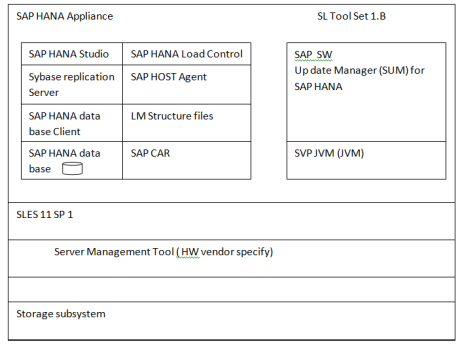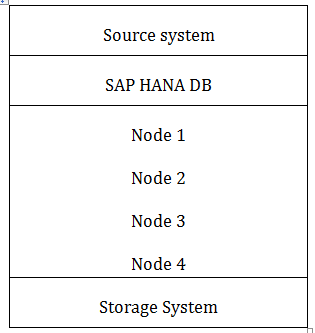Capability Trigger-Based ETC-based Replicates log-based Replication
Replication (Data services 4.0-SP2) (Sybase Replication) (SLT Replication)
Release SAP R/3 4.6C-SAP ERP 4.6c – SAPERP 6.0 SAP ERP 6.0 (only it Unicode)
coverage ERP 6.0 (EDHP06)
All other ABAP –based SAP applications (Basis 4-6c-No702)
Unicode/ Non-Unicode Yes YES Unicode only
MDMP, Partial (if the table contains only ASCLL Characters or Languages key included)
Transparent Yes Yes YES
Tables
Cluster 4pool YES Yes NO
Tables
Non – SAP Yes(For SAP suspected) Yes Yes, but not in the scope
DBS only: Informix out of maintainable therefore not supported DBU and Sybase ADE Sybase ASE not yet corned planned with sp sole.
Capability trigger ETL
log Compressed values yes yes DB2 (9.1.9.5,9.7)
Row compression DB Table yes yes DB2 9.7 oly (no support for 9.1 or 9.5)
DB support (Sour vibe) All SAP supported DB s, ind. ASE All SAP supported DBS. incl. ASE and others
DB 2 LUW/UDB See PAM for full list only (no MAXD B Support) OS support (source side)
All SAP supported OS NO YES
Hotly system support Multiple source Multiple source single-source systems to multiple systems to single
SAP HANA instances SAP HANA instance core source system can be connected to one SAP HANA schema only
Transactional integrity Not covered yet No NO (planned with sp SD4)
Workload balancing Yes Yes Yes (parallelization of replication)
Real-time and /or Real-time and scheduled Real-time scheduled replication scheduled cor table
(by logical level work Units) Initial load & data initial load + delta replication data replication for replication (for replication (always relevant tables table based needs incl. repository delta information info for all tables !)
through timestamp column or chough delta enabled extractors) Transformation
support dashboard via data service own Performer dash capabilities
management console board(load progress or through the into and throughput gration with SAP structure)
solution manager Access to trouble yes, via data services shooting future own management console or through the integration with SAP solution MANAGER
| Inclined to build a profession as SAP HANA Developer? Then here is the blog post on, explore SAP HANA Training |
SAP HANA Overview:

Architect & ![]() Installation Administration
Installation Administration ![]() update
update ![]() Backup & landscape
Backup & landscape ![]() & monitoring
& monitoring ![]() & patching
& patching ![]() recovery
recovery

In-memory Computing engine (s/f) + Pre-installed system (H/W). Both are designed by Hp, IBM, Fujitsu, CISCO, and DELL.
The SAP HANA appliance software from a deployment point of view: A well-defined and validated stack of HW & SW components

Scale-out:
Multiple nodes utilizing shared files for workload distribution


| Checkout our Blog on SAP HANA Tutorial |
Cold stand by the node will table over for downed nodes

Disk log = 1* RAM
CUP 0.2 CUP cores / active user
Memory sizing: static data
Memory requirements for static data are derived from the database footprint of the corresponding tables of the source database system Database footprint in source system must be determined using database specific catalog information (Eg: in Order: dba _segments: in DB2: syscat tables) Database specific scripts and more details on how to determine the database footprint can be found in not 1609322 Average compressing factor database table size: SAP HANA memory = 5:1 Note that this compressed factor refers to uncompressed database tables, and space for database indexes is to exclude.

Additional memory required for objects that are created dynamically
We recommend to reserve as much memory for dynamic objects as for static objects:

So the total RAM is

DISK SIZING:

’cuP' sizing:
Sizing approach similar t user based CUP sizing of BW & BWA Maximize query through by multi-user scenarios with queries of different delivered content, 10-20M records 
You liked the article?
Like: 0
Vote for difficulty
Current difficulty (Avg): Medium

TekSlate is the best online training provider in delivering world-class IT skills to individuals and corporates from all parts of the globe. We are proven experts in accumulating every need of an IT skills upgrade aspirant and have delivered excellent services. We aim to bring you all the essentials to learn and master new technologies in the market with our articles, blogs, and videos. Build your career success with us, enhancing most in-demand skills in the market.